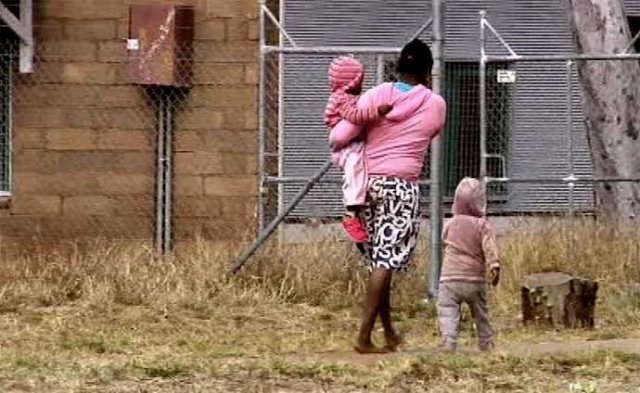
Suicide was unknown to Aboriginal people prior to invasion. There was no word for suicide in the ancient Yolngu language and, up to the 1980s, suicide was rare among Aboriginal people.
But now 95% of Aboriginal people have been affected by a suicide and Aboriginal people are six times more likely to commit suicide than non-Aboriginal people.
In the Northern Territory, 50% of suicides were by Aboriginal people in 2010, up from just 5% in 1991.
Suicides in the Kimberley region have doubled in the past decade — 71% of them young people — giving it one of the highest suicide rates in the world.
These appalling statistics have prompted the National Aboriginal Community Controlled Health Care Organisation to call on the federal government to launch a royal commission into why so many Aboriginal people, particularly young people, are committing suicide.
Matthew Cooke, its chairperson, said suicide accounted for as many as one in every 10 Aboriginal deaths and that this is a national disgrace. In any other country these statistics would be a cause of national shame and soul-searching.
“It's time there was a full royal commission into failings in the system that are driving so many people in our communities to such levels of despair that suicide is the only answer,” he said.
Cooke said a royal commission would examine what systemic changes were needed to reverse this situation.
“Death is our life,” says South Australian elder Tauto Sansbury, describing the mourning and sadness for young lives lost far too often.
Suicide is likely to be the single biggest killer of Aboriginal Australians. The Aboriginal youth suicide rate is higher than any other country in the world, except Greenland.
Suicide numbers are so high among young Aboriginal children that community leaders speak of a “normalisation” of suicide among youth. More and more children, who are younger and younger, are committing suicide.
For Aboriginal children aged 14 years and under, suicide is the second leading cause of death. They are eight times more likely to die by suicide than their non-Aboriginal peers. For Aboriginal people aged 15 to 35 years, suicide is the leading cause of death — 30% of deaths in this age group are reported as suicides.
Extreme poverty, ongoing racism, abuse of alcohol and drugs and appalling living conditions all play their part in driving people to suicide. As well, poor levels of education, few jobs, welfare dependency, poor public housing, overcrowded homes and lack of support services sap their resilience.
If you add poor health, lack of self-esteem, loss of cultural identity and spiritual connection to the land, and the cumulative effects of unresolved trauma over generations — frontier massacres, dispossession from traditional lands, abuse in Aboriginal missions, the Stolen Generations — it is a wonder the rate is not higher.
Gerry Georgatos, who has worked to help raise awareness about Aboriginal suicide, says there are ways to improve the wellbeing of Aboriginal people and reduce their risk of suicide.
People with a strong connection to country, who live on or maintain a relationship with traditional lands, rarely take their own lives. Taking young people onto country so they can reconnect with who they are as the basis for building self-belief, self-confidence and self-respect will also reduce the risk of suicide.
Empowering communities to handle their own affairs, create jobs and activities for youth and supporting elders to teach youth their culture will also help.
Reducing suicide and suicidal behaviour among Aboriginal and Torres Strait Islander peoples should be a public health priority for all Australian governments, with or without a royal commission.
Like the article? Subscribe to Green Left now! You can also like us on Facebook and follow us on Twitter.